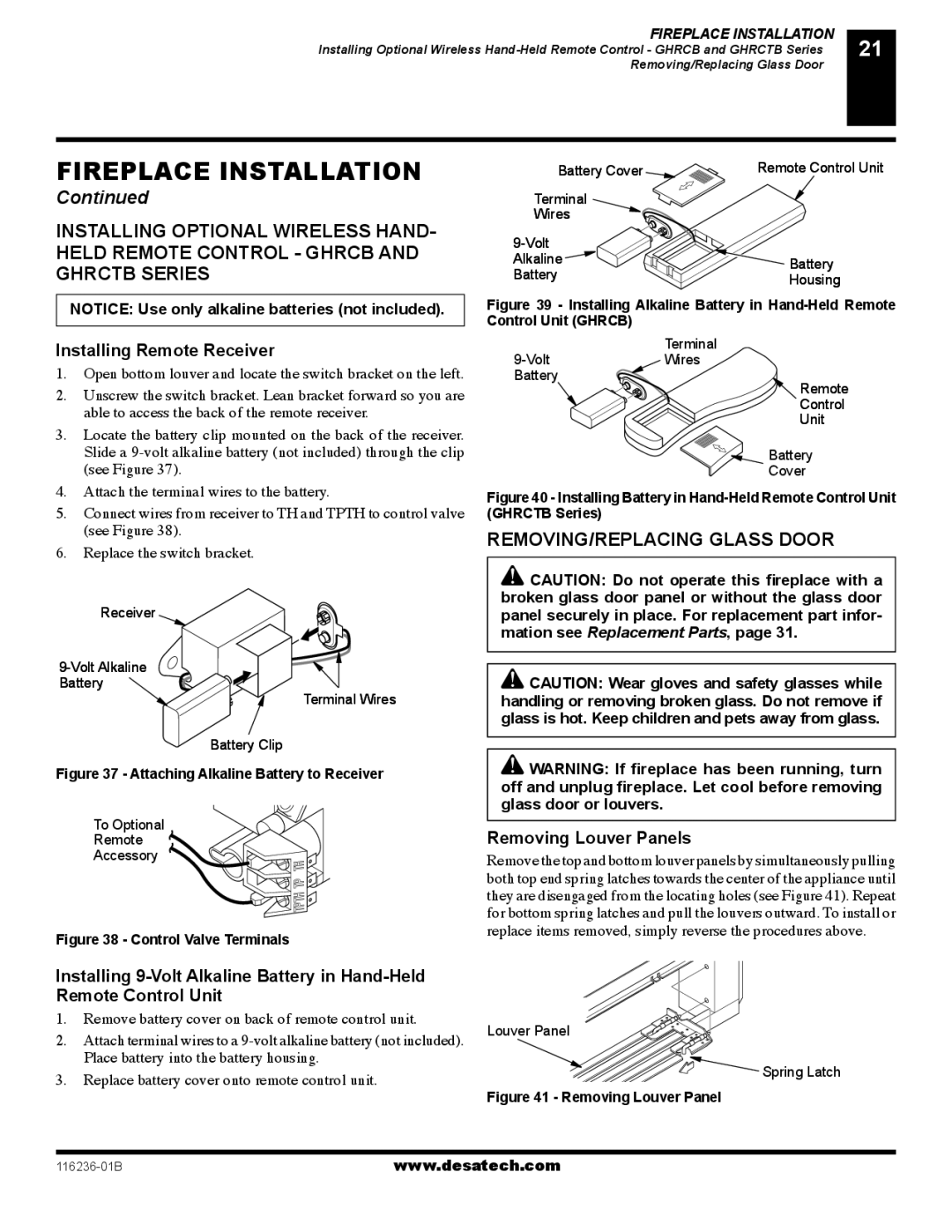(V)VC42P SERIES, (V)VC42N SERIES specifications
The Desa (V)VC42P and (V)VC42N Series are advanced solutions in the HVAC and thermal control industry, designed to provide efficient climate management for various applications. These series are noted for their commitment to performance, reliability, and energy efficiency, making them popular choices among users looking for modern heating and ventilation systems.One of the main features of the (V)VC42P and (V)VC42N Series is their state-of-the-art variable speed technology. This technology allows the units to adjust their output based on the specific heating or cooling needs of a space. By operating at different speeds, the systems can maintain a more consistent temperature while using less energy compared to traditional fixed-speed systems. This leads to significant cost savings and enhanced comfort for occupants.
Additionally, both series incorporate advanced control systems that can be easily integrated with smart home technologies. Users can remotely monitor and adjust their HVAC systems via mobile applications or voice-activated devices, facilitating greater control over their indoor climate. This compatibility with smart technologies not only enhances user experience but also contributes to energy conservation efforts by allowing for better management of usage patterns.
Another characteristic of the Desa (V)VC42P and (V)VC42N Series is their robust construction and design. Built with high-quality materials, these units demonstrate durability and reliability over time. The compact design of these systems allows for flexible installation options, making them suitable for various residential and commercial environments.
Moreover, the series prioritizes low noise operation, ensuring that the units run quietly without disturbing the peace in homes or workplaces. This feature is particularly essential in settings where noise control is critical, such as in offices, schools, or healthcare facilities.
In summary, the Desa (V)VC42P and (V)VC42N Series stand out in the HVAC market due to their variable speed technology, smart home compatibility, durable construction, and low noise operation. With their innovative features and characteristics, these systems are well-equipped to provide effective and efficient climate control solutions tailored to modern living and working environments.

